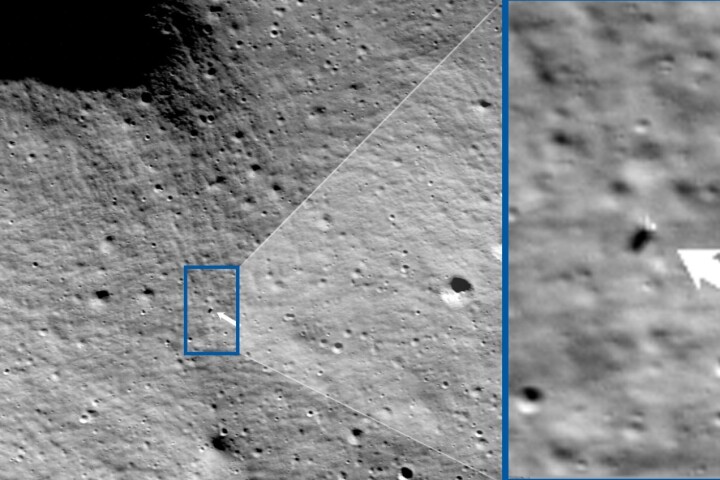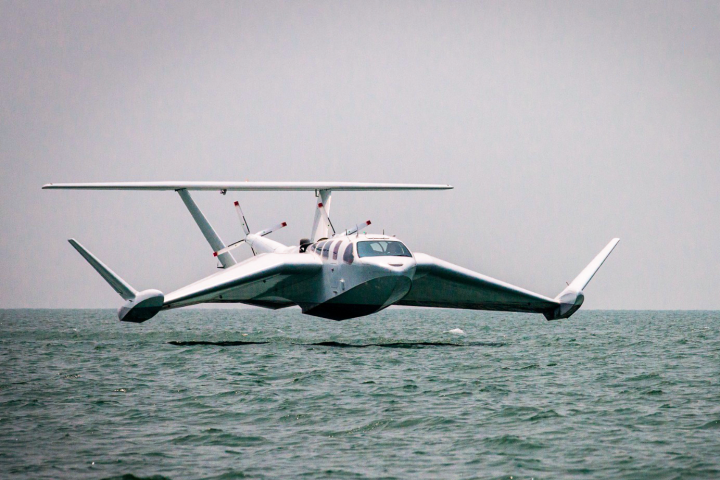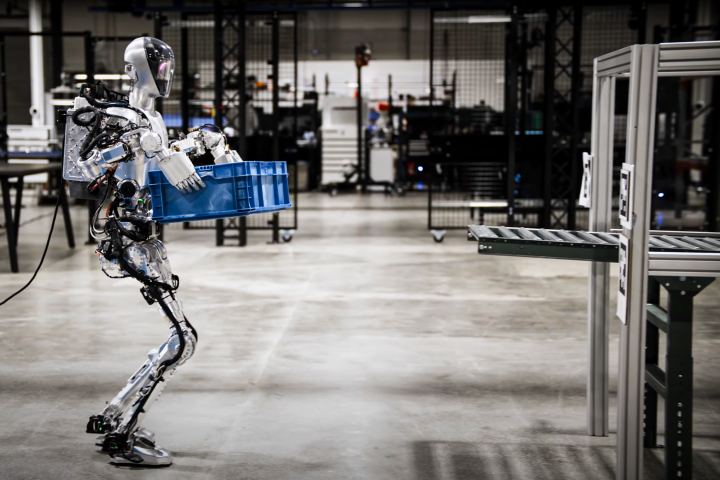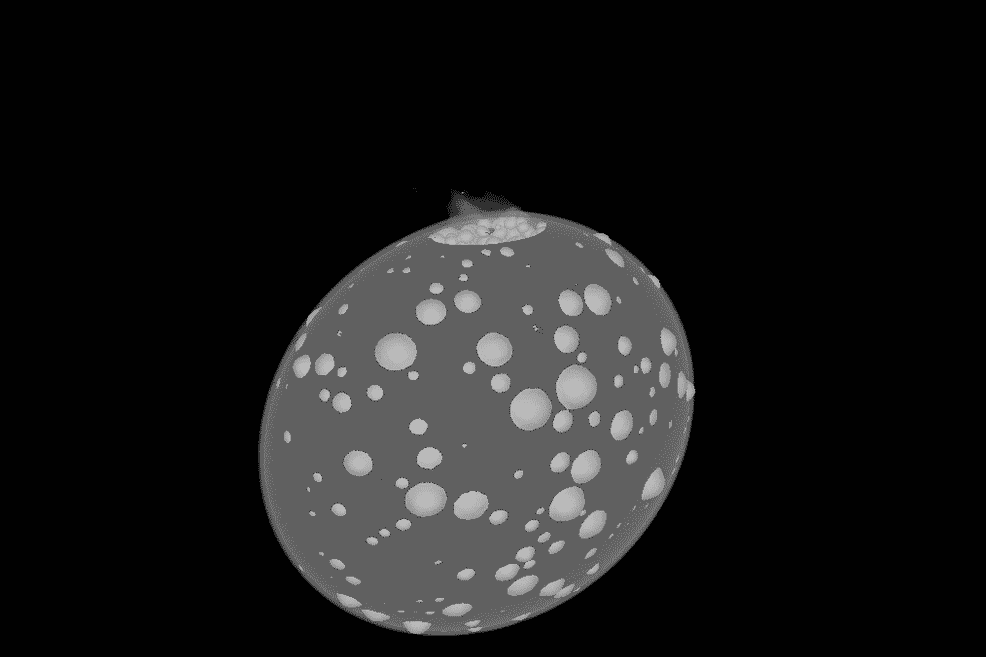 Simulation of the DART impact. Raducan et al. View 7 Images. –
Simulation of the DART impact. Raducan et al. View 7 Images. –
The Double Asteroid Redirection Test (DART) was certainly spectacular. Crashing a half-tonne spacecraft into an asteroid at 3.8 miles per second (6.1 km/s) is pretty cool in the fireworks department, but this cosmic smackdown had a very serious purpose.
Thousands of meteors strike the Earth’s atmosphere every day. Most of these are no bigger than dust motes, and most of the larger ones either burn up or fall into the oceans. Unfortunately, there are also some really huge ones, some approaching five miles (8 km) in diameter, that could one day steer our way.
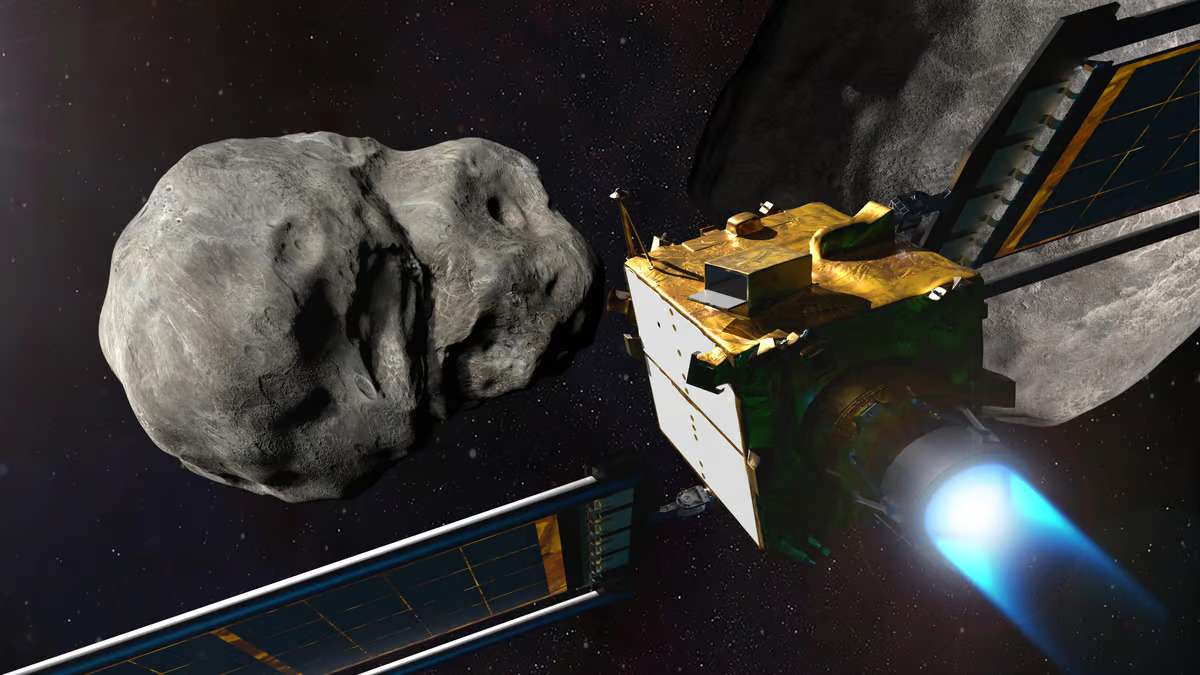
If one of these monsters were to hit the Earth, it would spark an extinction event not seen since the dinosaurs cashed in their chips. Even the more intermediate-sized asteroids could take out a major city more effectively than an H-bomb. For this reason, NASA and other organizations have been investing in programs to develop ways to identify, track, and, if necessary, deflect potentially dangerous asteroids long before they become a menace.
For DART, NASA and its partners selected the asteroid Dimorphos, which orbits a larger asteroid called Didymos. By striking it, the goal was to alter the orbit of Dimorphos enough to be measured by orbital and ground-based telescopes.
The exercise was a success, with Dimoprhos’s orbit so altered that its 11 hour 55 minute revolution around Didymos shortened by 33 minutes, plus or minus a minute. Launching this year, ESA’s Hera mission will rendezvous with Dimorphos in 2026 and make a closer assessment of the effects of DART.
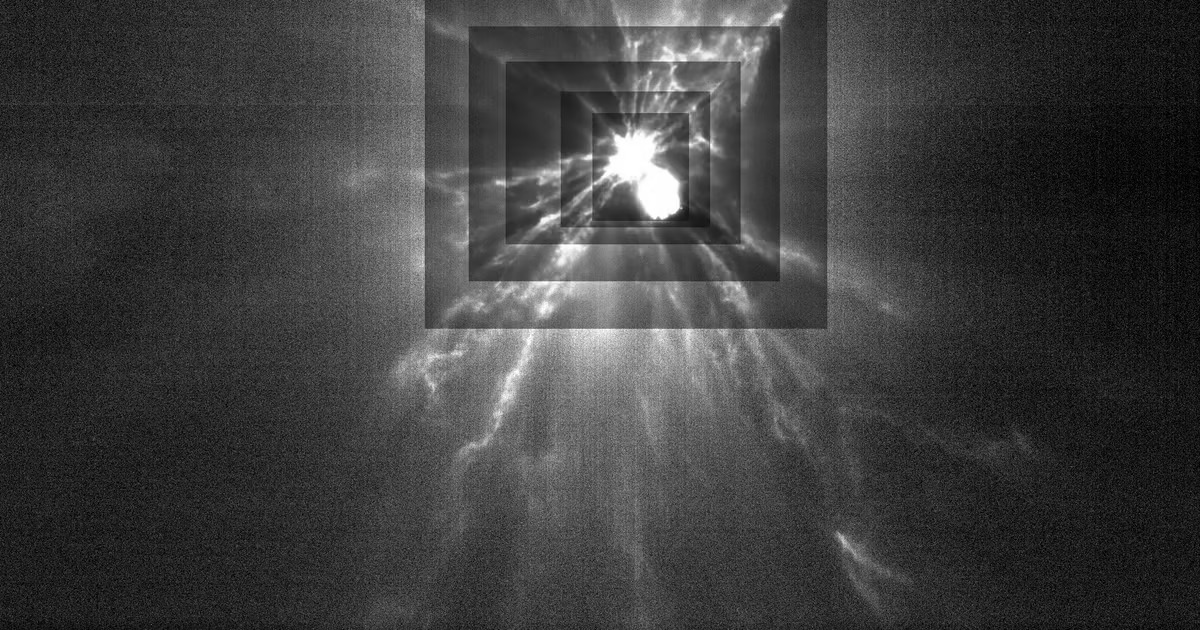
However, studies here on Earth based upon data from Japan’s 2019 Hayabusa2 asteroid impact mission, laboratory experiments and observations of Dimorphos by the James Webb and Hubble Space Telescopes as well as ground observatories have been fed into the University of Bern Smoothed Particle Hydrodynamics (SPH) software with surprising results.
Such software has also been used to simulate how the Moon formed billions of years ago. And excuse us if we’ll use any excuse to run this staggering video again, in which NASA reconstructs the hours after a Mars-sized body smashes into Earth, making our solid planet react very much like a liquid.
By running 250 simulations based on dividing the digital version of the asteroid into millions of particles, then feeding in such factors as the asteroid’s gravity, mass, shape, orbital deflection and the accompanying debris plume after the impact, as well as different values for still unknown factors, the SPH software determined that Dimorphos isn’t a solid body. Instead, it is a big pile of rubble held together by their mutual and very weak gravitational pull.
According to ESA, this helps to explain the size of the asteroid’s deflection. It also suggests that when Hera arrives on the scene, it isn’t going to find an impact crater. Instead, it will find what is more like a shallow splash zone where debris amounting to one percent of the mass was ejected out and the structure of the asteroid changed considerably as eight percent of the loose rock and dust of its structure shifted about.
If this is confirmed by observation, it will not only help to fine-tune asteroid deflection strategies, it will also shine new light on the nature of the objects that have been called the orphans of the solar system.
“The big picture we end up [with] of Dimorphos as an almost cohesionless body shaped largely by the weak force of gravity, does seem to agree with our up-close observations of other asteroids,” said Patrick Michel Director of Research at CNRS at Observatoire de la Côte d’Azur in Nice and Hera’s Principal Investigator.
“Ryugu – visited by Hayabusa2 – and Bennu – visited by NASA’s OSIRIS-REx spacecraft – are carbon rich ‘C-class’ asteroids, very different from the silicate-rich ‘S-class’ Didymos and Dimorphos,” he continued, “but all of them do seem to possess a comparable lack of cohesion. We still need to understand and clarify this behavior, because we cannot make statistics on only a trio of asteroids, but a general lack of cohesion for all small asteroids is an intriguing suggestion, and would be good news for planetary defense, because if we know in advance how a body will react, this will make it easier to design the appropriate deflection tools.”
The findings were published in Nature Astronomy. Source: ESA. View gallery – 7 images
–
Tags












